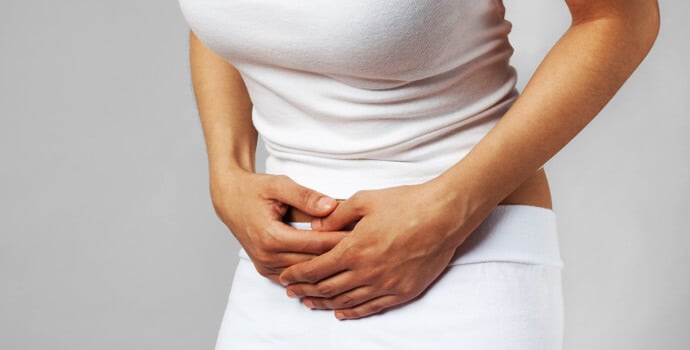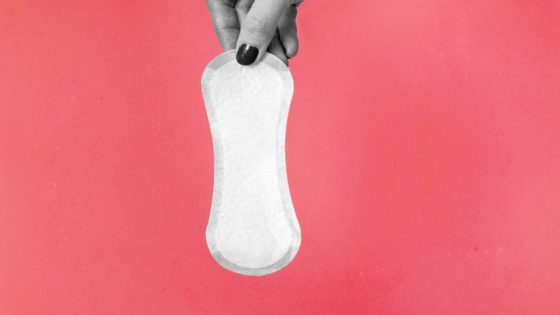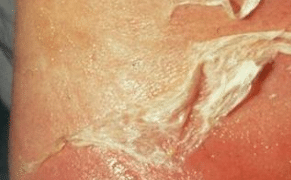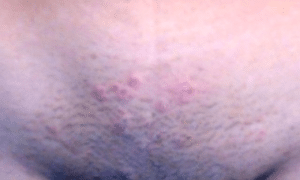Read about what causes urinary tract infection and how it can be treated.
The urinary system includes the ureters, bladder, and urethra.
The urethra arises from the bladder base and passes through the penis in the male, in female to opens anterior to the vagina.
In the male, the prostate gland lies below the bladder neck and surrounding urethra.
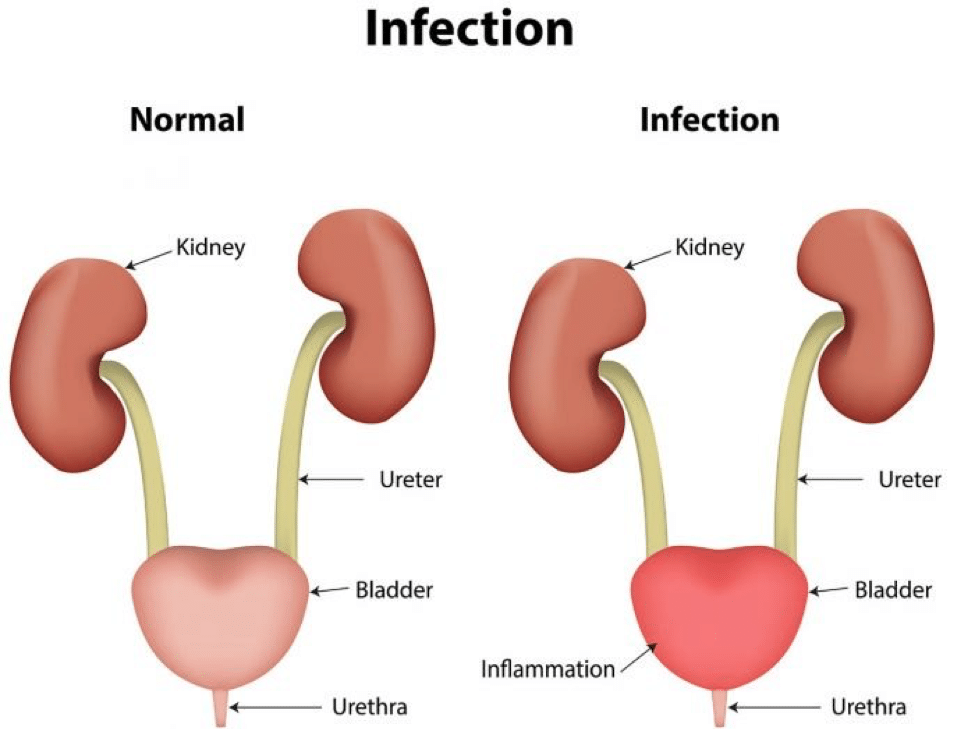
Urine is formed by nephrons in the kidney and flows to the bladder to be eliminated from the body.
The urine flows from the kidney to the bladder via ureters, which are long tubes connected both the kidney to the bladder.
The left ureter is 24cm long shorter than the right ureter 30cm long.
The movement of urine facilitated by smooth muscle contraction in the ureter wall.

The urinary bladder is a muscular, hollow sac organ located behind the pubic bone. The bladder capacity is 400 to 500ml.
The bladder has two inlets (ureters) and one outlet (the urethra).
The bladder neck has a junctional sphincter to prevent urine reflux from the bladder to the kidney.
During voiding and when the pressure increase in the balder the junctional sphincter closed and keeps urine within the bladder.
The bladder consist of four layers
- A connective tissue layer
- A Smooth muscle layer
- A mucosal lining
- An epithelium layer
The bladder act as a reservoir for urine, bladder pressure remains low due to its ability to expand or collapse.
Bladder pressure must remain below 40cm H2O during filling to maintain adequate filtration rates.
In which it allows the urine to freely enter the ureters. The initial desire of voiding happened when the bladder reached 150 – 200ml of urine in adult when the bladder reached 300 to 500ml of urine a strong desire of void and discomfort occurred.
Neurological changes to the bladder and bladder wall changes can cause abnormally high volumes and bladder problems.
The bladder can store urine for 2 to 4 hours during the day, and 6 to 8 hours during the night because of the release of vasopressin that causes a decrease in urine production.
In older people the bladder elasticity and the ability to expand and collapse decrease often cause nocturnal (the urge to urinate during sleep).
Urinary tract infection is an infection of any part of the urinary system.
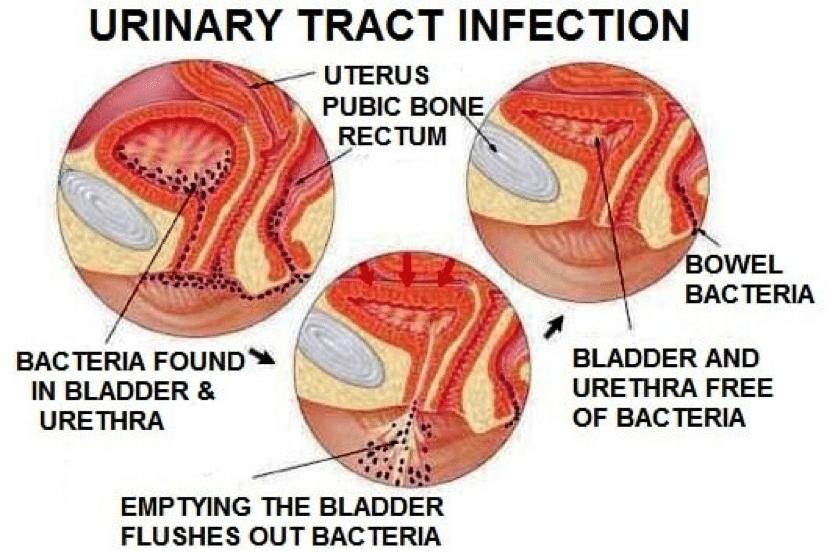
Urinary Tract Infection Causes
Urinary tract infection (UTI) is an infection of any part of the urinary system.
It occurs when the bacteria enter the urethra and pass through to the bladder and colonized inside.
Bacteria can enter the bladder in a different way: ascending infection, hematogenous spread, and direct extension.
The most common is the ascending infection and the risk increase in women because of the short urethra.
A urinary tract infection is the second most infection in the body.
Most cases occur in women, 50% of women developing urinary tract infections in their lifetime.
The most common causes:
- Inflammation of the urinary bladder (cystitis): this type of urinary tract infection caused by a bacteria called Escherichia coli (E Coli), this bacteria always found in the gastrointestinal system.
- Inflammation of the urethra (urethritis): this type of urinary tract infection caused by gastrointestinal bacteria spread from the anus and contaminated the urethra. And caused by a sexually transmitted infection such as herpes, chlamydia, and gonorrhea in women.
- Inflammation of the prostate gland: this type of urinary tract infection can trap urine and increase the risk of UTI.
- Kidney infection (pyelonephritis): this type of urinary tract infection caused by bacterial infection of the renal pelvis of one or both kidney.
Urinary tract infection Risk factors
- Diabetes.
- Bladder emptying problem.
- Previous bladder surgery.
- Blockage of the urinary tract.
- Kidney stones.
- Menopause.
- Recurrent use of heavy antibiotics.
- Women anatomy.
- Sexual intercourse.
- Poor personal hygiene.
Urinary Tract Infection Symptoms
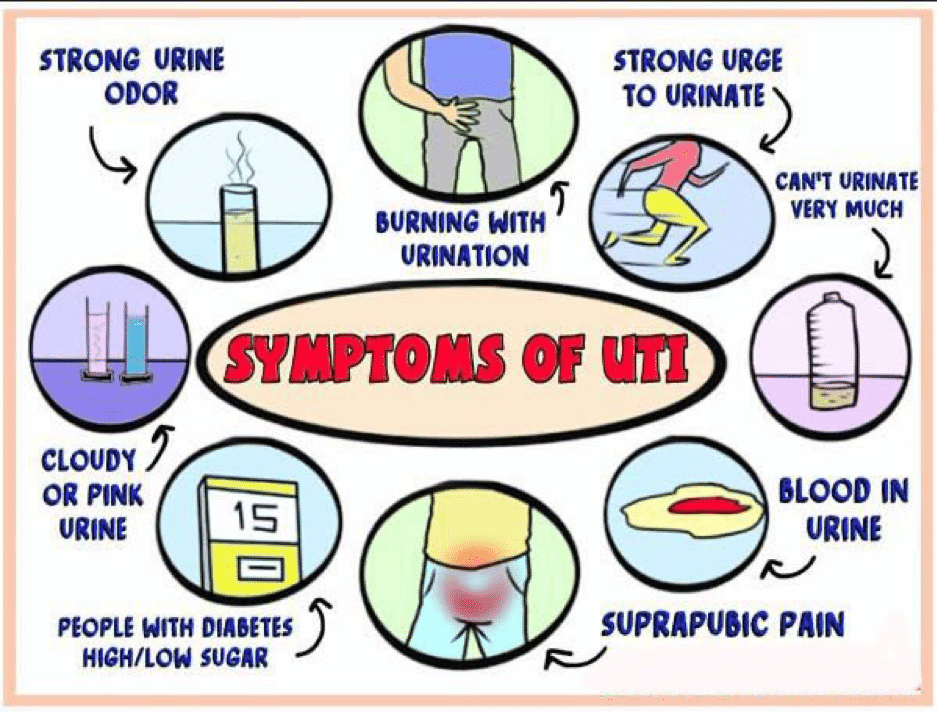
Urinary tract infection symptoms don’t always appear and it depends on age, gender.
- Strong urge to urinate.
- Pain during urination.
- Strong smell urine.
- Cloudy or bloody urine.
- Passing a frequent small amount of urine.
- Fever
- Nausea.
- Vomiting.
- Discharge.
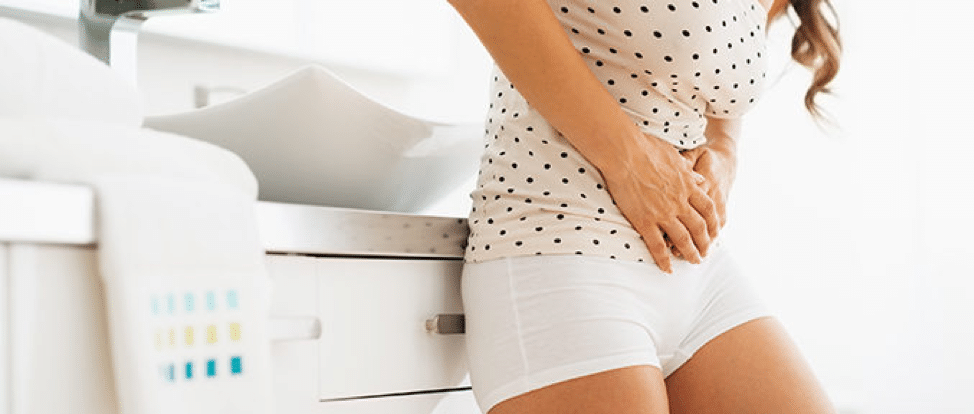
The Diagnosis
Urinary tract infection can be diagnosed at home if you have clear symptoms, but these are tests and procedures tool:
- Urine analysis: this diagnostic tool evaluates urine color, clarity, and acidity. Presence of protein, glucose, and ketone bodies in the urine. Test for white blood cells and red blood cells in the urine.
- Urine culture: this diagnostic tool evaluate the urinary bacterial name, and the best drug of choice to treat with.
- Physical examination: this diagnostic tool assesses the pain characteristic, determined the size of the kidney, rectal examination to check the prostatic gland in men, and examines the inguinal area for enlarging nodes.
- Kidney function test: this diagnostic tool evaluate the kidney clearance such as urea, creatinine, uric acid, sodium, and potassium
- Ultrasound: this diagnostic tool evaluate the kidney shape, size and any accumulation surrounding the kidneys
- Cystoscopy: this diagnostic tool evaluate the bladder wall and the reflux junction for any urine backflow from the bladder to ureters.
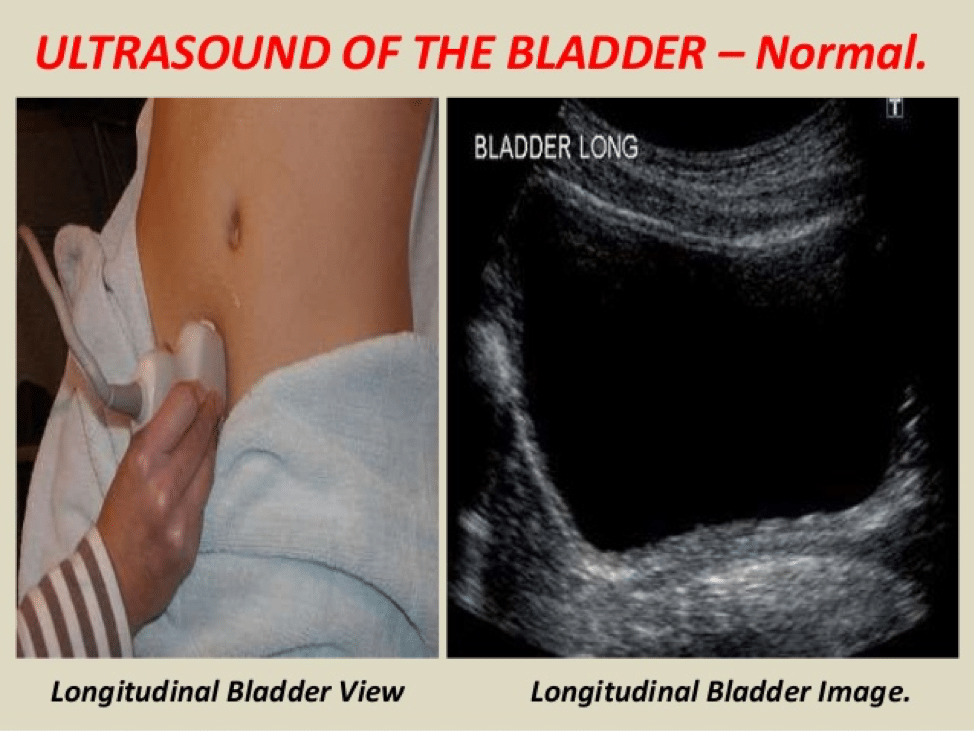
Urinary Tract Infection Management
Urinary tract infection management has two phases: phase one home treatment and second phase medical treatment, let us begin with home treatment
Home treatment includes:
- Increase water intake: water helps to flush out the bacteria with the urine
- Avoid caffeine consumption: in this way you help the bladder to stay calm from any irritation.
- Avoid alcohol consumption: in this way you avoid bladder irritation
- Avoid soft drinks that contain citrus juice: in this way you avoid bladder irritation and the urge of urination.
- Warm pads and gentle massage on the bladder area: in this way you enhance your bladder and minimize any discomfort.
- Medical treatment includes depending on the severity of UTIs
- Oral antibiotics such as Bactrim, Macrobid, and ceftriaxone. These medicines are the drug of choice for treating simple tract infection. Both ciprofloxacin and levofloxacin aren’t recommended in simple tract infection.
- Intravenous antibiotics for severe tract infection, this type of antibiotic must take in the hospital.
Urinary tract complications
The complication of urinary tract infection can be significant if left untreated. A lot of complications can happen.
- Sepsis.
- Renal failure.
- Hypertension.
- Kidney stones.
References
https://www.mayoclinic.org/diseases-conditions/urinary-tract-infection/symptoms-causes/syc-20353447
Jamil Qaryouti is a nursing specialist who graduated from J.U.S.T University in Jordan. Jamil has a wide verity of experience in cardiac diseases, pulmonary and neurological disease, former ICCU nurse in the Specialty Hospital in Jordan, former CNO of home care, founder of Jamil’s Home Health Corporation. Jamil is a medical educator. He believes spreading the information makes the world better.


